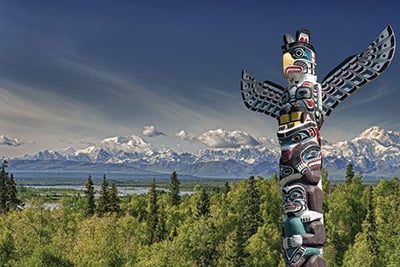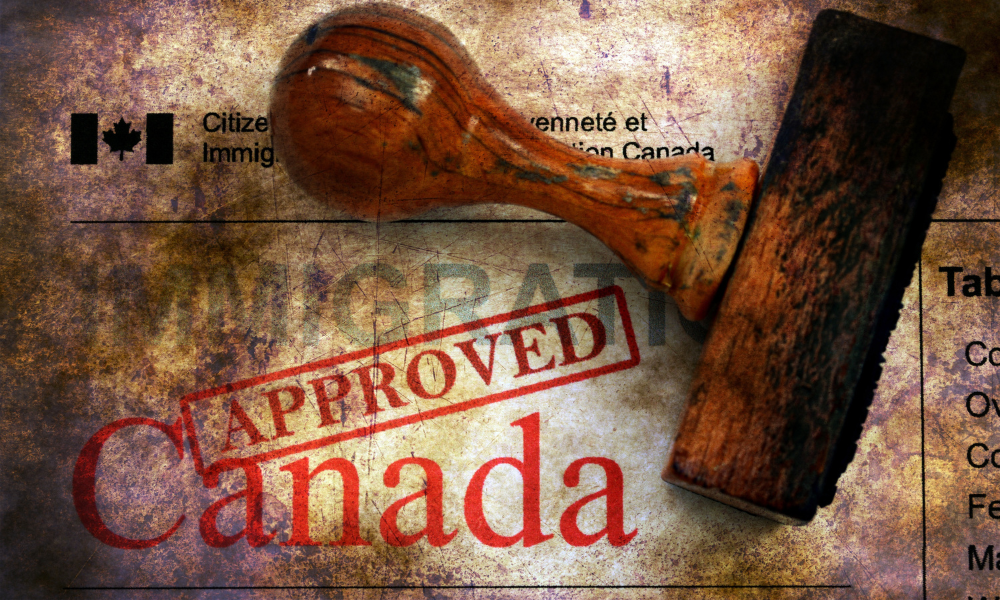Officers and directors of any public company have a minefield of obligations that can result in liability. Those involved with mining companies have the same and more.
The biggest challenge facing anyone who sits on a mining company board is not so much that laws have changed, it’s that standards have changed, says Erik Richer La Flèche, a partner at Stikeman Elliott LLP in Montréal. “Directors have to be proactive; they actually have to go out and search, ferret out information, inquire and actually try to explore what’s going on within their companies.”
He says a serious problem confronting many mining companies is simply getting a project across the finish line and into production in the face of community opposition. Many projects drag on for a decade. Shareholders may buy the stock on the news of a new mine and, eventually discouraged, end up selling when there is no production despite all the time and money invested.
That’s where the rubber hits the road. Richer La Flèche says he believes the state of negotiations with local communities may be — or are about to become — a disclosure issue in an era of shareholder activism.
“From a disclosure point of view, today you’d probably be smart to indicate whether you have buy-in. I think your relations with the local community and with First Nations should be an element of disclosure. It hasn’t happened yet but somebody could go out and say: ‘You have good geology, you have all your permits, but you don’t seem to be able to get this thing off the ground. You didn’t tell us, but you have a big problem.’ That would be a new issue for investors, but investors are getting frustrated with projects that don’t go anywhere.”
Could he see that leading to class-action lawsuits? “I wouldn’t be surprised at all. I could see shareholder class-action suits against management and directors for having failed to inform them or keep them apprised of developments with local communities.
“It’s very plausible because, from a disclosure point of view, you’re supposed to provide everything that’s material. And today, frankly, I think the biggest problem that mining companies and other extractive industries face is local relations, community relations, First Nations relations. This is something that is extremely material and I’m not sure whether it’s being given the attention it should be given.”
Richer La Flèche, who advises on mining deals among other kinds of transactions, says he will be discussing the issue with his firm’s securities lawyers who provide clients with the day-to-day advice on disclosure.
“Very often shareholders are simply told: ‘We’ve had this meeting or that meeting,’ but this is so important, there has to be a qualitative element. So many companies are getting blindsided and, of course, the longer it takes, the more likely you’re going to have a change of government, a change of heart, a change of environmental thinking. It’s going to become a risk-management issue.”
Another area where disclosure is challenging is environmental compliance.
Learn more about Canadian laws for environmental compliance with this article.
The mining industry in general is governed by a hodgepodge of federal, provincial and territorial regulations that are amended on a regular basis or occasionally even abolished, so keeping pace can be problematic.
Larger mining companies have dedicated board committees that keep a close eye on environmental developments, says Denise Nawata, a partner at Farris, Vaughan, Wills & Murphy LLP in Vancouver. Medium and smaller companies? “It’s an issue that we’re having right now with the economic climate in the industry. With decreases in certain commodity prices, some medium and smaller companies are just not able to dedicate resources of this type within their board and without the resources to take on these kinds of initiatives, I think smaller companies are more at risk.”
Even former directors and officers of insolvent companies aren’t necessarily off the hook when it comes to environmental cleanup, she says.
In Baker v. Ministry of the Environment, the former board and senior officers of a company who resigned when the company put itself under court protection were held personally liable by the Ontario Ministry of Environment for contamination at a former facility. They were ordered to pay $800,000 each out of their own pockets for interim remediation work, and eventually settled for $4.75 million.
The issue is especially hot right now in Alberta with the large number of abandoned oil and gas wells. Alberta’s Environmental Protection and Enhancement Act stipulates that “directors and officers can be held personally liable for environmental obligations and as such may be subject to fines and/or imprisonment if reclamation costs are not paid.”
Nawata says the mining industry hasn’t faced the same kind of insolvency environment as oil and gas, “but just the position that the Alberta government’s taken and that the regulators in Alberta have taken in terms of going after former management of companies that are now dissolved is, I think, a warning sign for mining companies as well. The mining industry is definitely exposed to the same risk.”
Mining companies are also more exposed than many other industries under the federal Corruption of Foreign Public Officials Act. While theoretically every listed company has the same obligation not to make illegal payments in other countries, many mines are halfway across the globe, some in countries where bribes are the norm to facilitate getting rights and licenses.
It’s common for Canadian companies to hire local intermediaries to help them liaise with the local officials who facilitate these processes. So how can senior officers and directors make sure they can trust the intermediary not to offer the public official a benefit to influence the outcome?
Erik Goldsilver, a partner in the Toronto office of Borden Ladner Gervais LLP, says it starts with a thorough prior investigation. “You need to do as much due diligence on these people as you can before you hire them to find out if they’ve been involved in unlawful transactions before.”
There are very sophisticated firms that specialize in this, he says, many based in Europe and the US. While even they may find it tough to uncover under-the-table bribes that never became public, “at least you’ve got a paper trail showing you’ve done as much due diligence on the person as possible.”
If a violation causes a drop in the share price, it may also attract shareholder class actions.
Goldsilver encourages boards of mining companies with assets abroad to be alert to the importance of “educating your people on the ground about the laws the Canadian company is subject to. Tell them: ‘This may be an acceptable practice in this country but we cannot allow you to do it, and here’s what happens to us if you do,’ because there is potential liability to senior officers and directors.” The Act falls under the Canadian Criminal Code, exposing the company to substantial fines and board members and senior management to jail terms of up to 14 years and fines in the millions of dollars as well.
Mines in Third World countries pose a further challenge for their boards because they may not be adhering to global standards on human rights. The federal government recently created an independent Canadian Ombudsperson for Responsible Enterprise, the first of its kind in the world, mandated to investigate allegations of human rights abuses abroad.
The ombudsperson has the power to make reports and recommend sanctions, Goldsilver says, “not in the traditional sense, but withdrawal of government services — taking away future Export Development Canada funding or support. The report will also be made public and optically it will not look good if the Canadian government says a specific mining company is not respecting human rights in another country.”
It can also lead to more lawsuits.
Amy Carruthers, a partner at Fasken Martineau DuMoulin LLP in Vancouver, says another issue Canadian mining companies and their boards are wrestling with is their reporting obligation under the three-year-old Extractive Sector Transparency Measures Act, which requires companies to report all payments made to public officials at home and abroad. Payments to Aboriginal governments got a deferral but came into force in June.
“It’s still fairly new and as it’s put into practice I think there are going to be even more questions about what exactly do we have to report, what’s covered and how do we do that,” says Carruthers.
“There are many different categories of payments and the types of organizations covered, including some you may not necessarily think of as being a government agency or actor.” Some of the less obvious ones in Canada, for example, involve Indigenous groups and monies paid out for project development or impact-benefit agreements made to facilitate the project going forward.
“I think these will or should be ‘top of mind’ for mining industry executives because companies are coming to grips with what compliance requires and how to put the proper tracking mechanisms in place to do so.”
US President Donald Trump has voiced his disapproval of the US statute, the Foreign Corrupt Practices Act. And the US Department of Justice has announced a policy that suggests it will “decline prosecution in appropriate cases”, namely those where there is voluntary disclosure. Even if the American Act were to be reduced in impact, mining companies that are listed or inter-listed on a Canadian exchange are required to report under Canadian rules, she says. In view of the risks and legal issues, what is her best advice for how to be protected from liability. “Firstly, obtain insurance,” Carruthers says, half jokingly. “There are a lot of good insurance products out there now, and I think that’s important for anyone joining a mining company board.”





